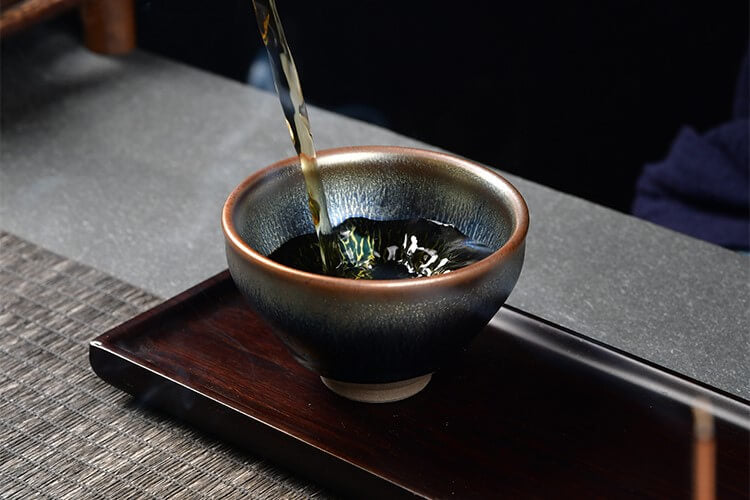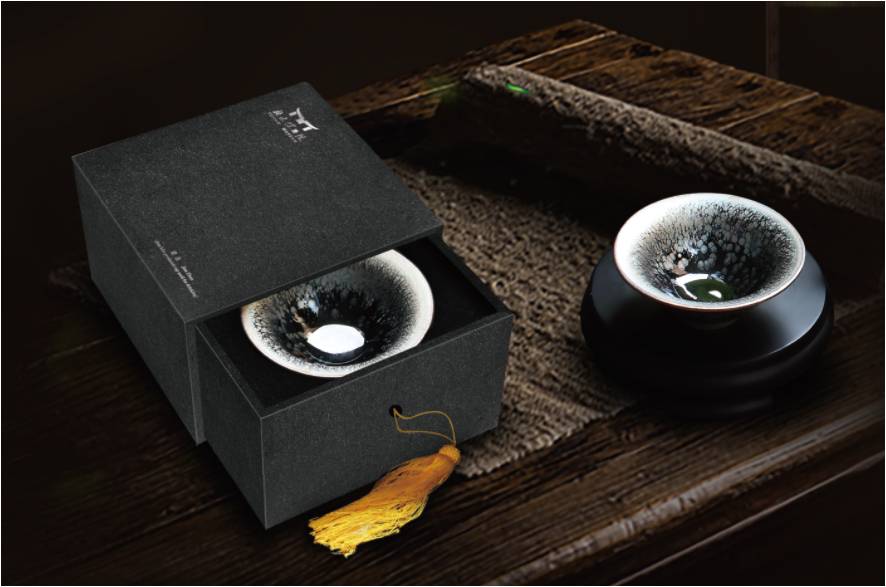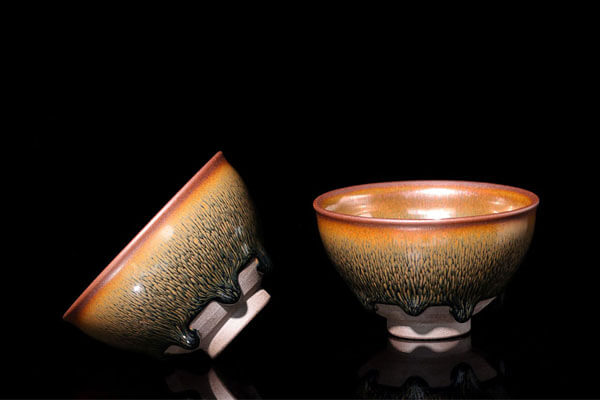Anji White Tea: Clearing Misconceptions and Appreciating Its True Essence
In the vast landscape of Chinese tea culture, Anji White Tea often sparks confusion among tea lovers. Its name suggests it belongs to the white tea category, yet its essence and craftsmanship firmly place it within the green tea family. To truly appreciate Anji White Tea, one must look beyond the name and understand its origin, unique qualities, and cultural significance. This article explores common misconceptions and highlights the defining features of this remarkable tea.

1. The Core Misconception: Anji White Tea Is Not White Tea
A Naming Paradox
The most widespread misunderstanding is that Anji White Tea is a type of white tea. In reality, it belongs to the green tea category. Many confuse it with Fuding or Zhenghe white tea because of its name, but they differ entirely in classification, processing, and fermentation.
Why “White Tea”?
The name originates from the tea plant itself. In early spring, new shoots often appear pale white or light jade due to low temperatures inhibiting chlorophyll production. This unique appearance gave rise to the name “white tea.” However, the actual processing follows green tea methods, making Anji White Tea a classic case of “white in name, green in nature.”
2. Core Characteristics of Anji White Tea
Origin and Tea Tree
Anji White Tea is primarily produced in Anji County, Zhejiang Province. The region’s pristine environment, fertile soil, and favorable climate create ideal conditions for this rare tea variety. The tea trees are temperature-sensitive mutants, with their leaf color shifting as spring temperatures rise.
Formation of White Leaves
When temperatures remain below 20°C during early spring, chlorophyll synthesis slows, leaving pigments like lutein more prominent. As a result, the young leaves appear pale or whitish. With warmer weather, chlorophyll production resumes, and the leaves gradually turn green. This transformation defines the tea’s signature seasonal appearance.
Processing Method
Despite its name, Anji White Tea is processed like a classic green tea. The production involves fixation, rolling, and drying—without fermentation. Based on the scientific classification of tea by processing method and fermentation level, it unambiguously belongs to the green tea category, setting it apart from lightly fermented true white teas.
Nutritional Profile
One of Anji White Tea’s greatest strengths is its high amino acid content, often 1–2 times higher than ordinary green teas. This gives it exceptional nutritional value and contributes directly to its signature fresh, sweet, and lingering taste, making it a standout among premium green teas.

Tasting Experience
-
Aroma: Elegant, layered, with floral and sweet notes.
-
Flavor: Exceptionally fresh and mellow, with a clean sweetness and a long, refreshing aftertaste.
-
Visual Beauty: When brewed in glassware, the leaves stretch gracefully, transitioning from pale white to soft green—a process as visually captivating as it is flavorful.
Its delicate charm makes it especially suited for springtime enjoyment, symbolizing vitality and renewal.
3. The Importance of Correct Understanding
Recognizing Anji White Tea as green tea enhances both brewing and appreciation. Using green tea parameters—water temperature between 80–85°C—unlocks its best qualities while preserving its freshness and sweetness.
Moreover, understanding the origin of its name deepens one’s appreciation for the diversity of Chinese tea culture, where plant characteristics, local traditions, and history often influence naming conventions. By clarifying this misconception, tea lovers can experience Anji White Tea with greater accuracy and respect for its unique identity.
Conclusion
Anji White Tea is a remarkable example of China’s tea diversity—green in essence, though white in name. From its distinctive leaf transformation to its high amino acid content and elegant taste, it offers both cultural intrigue and sensory delight. By clearing away misconceptions, we can more fully embrace its true nature: a refreshing, graceful, and richly storied green tea that continues to captivate tea enthusiasts worldwide.






